Exclusive Use Rights in Retail Leases
Exclusive use rights are frequently an important component of retail leases and play a significant role in shaping the competitive landscape within a shopping center or commercial property. These rights can materially impact a tenant’s business success and a landlord’s ability to attract and retain a diverse roster of tenants. This article explores the nature of exclusive use rights in retail leases, key considerations when negotiating these rights, and the potential benefits and challenges they present for both landlords and tenants.
What Is an Exclusive Use Right?
An exclusive use provision in a retail lease grants a tenant the exclusive right to sell specific products or services within a defined area, typically a shopping center or retail complex. This provision prevents the landlord from leasing space to other tenants who sell or provide the same or similar products or services, thereby protecting the tenant’s market share and reducing direct competition.
For example, a tenant operating a coffee shop may negotiate an exclusive use right to be the only seller of coffee and related beverages within the shopping center. Similarly, a tenant specializing in athletic footwear may seek an exclusive use right to prevent other shoe stores from selling athletic footwear.
Exclusive use rights can be particularly valuable in retail environments where competition can directly impact sales and profitability. They help tenants maintain a unique market position and can enhance the attractiveness of their business.
Key Considerations in Negotiating an Exclusive Use Right
When negotiating an exclusive use right in a retail lease, both landlords and tenants must carefully consider several factors to ensure the provision is fair and aligns with their respective business goals. The following key considerations can guide these negotiations:
#1. Scope of the Exclusive Use Right
Defining the scope of the exclusive use right is a critical aspect of the negotiation. The scope determines the range of products or services covered by the exclusivity and can vary significantly depending on the tenant’s business and the market context.
Considerations:
– Specificity: The description of the exclusive use should be precise and detailed to avoid ambiguity. For example, instead of broadly defining the exclusive use as “coffee,” it may specify “the sale of espresso-based beverages, drip coffee, and specialty coffee drinks.”
– Product Categories: The exclusive use right may cover specific product categories or services, such as “athletic footwear” or “full-service salon services.” It is essential to clearly define these categories to avoid disputes over what is included.
– Carve-Outs and Exceptions: Landlords may negotiate for carve-outs or exceptions to the exclusive use right to allow for certain types of competition. For instance, a grocery store with a coffee bar may be permitted despite another tenant’s coffee shop exclusive use right. These exceptions should be explicitly stated in the lease.
#2. Duration and Termination
The duration of the exclusive use right and the conditions under which it may be terminated are crucial elements to consider. These factors determine how long the tenant enjoys the exclusive use protection and under what circumstances it may end.
Considerations:
– Lease Term Alignment: The exclusive use right typically aligns with the lease term. However, the lease may also specify that the right extends through renewal periods or until a specific date.
– Performance Conditions: Landlords may condition the continuation of the exclusive use right on the tenant meeting certain performance criteria, such as maintaining a specified level of sales or remaining open for business during certain hours.
– Termination Clauses: The lease should outline circumstances under which the exclusive use right can be terminated, such as the tenant vacating the premises, breaching the lease terms, or failing to meet performance conditions.
#3. Impact on Other Tenants and the Landlord
Exclusive use rights can have significant implications for other tenants and the landlord’s leasing strategy. They can restrict the landlord’s ability to lease space to potential tenants and limit the diversity of offerings within the shopping center.
Considerations:
– Tenant Mix and Synergy: Landlords must consider how exclusive use rights align with their overall tenant mix strategy. While exclusivity can protect key tenants, it may also limit opportunities to lease to complementary businesses that could enhance foot traffic and customer experience.
– Conflict Resolution: The lease should include mechanisms for resolving disputes over the interpretation or enforcement of the exclusive use right. This can include mediation, arbitration, or other formal or informal dispute resolution processes.
– Landlord’s Liability: The lease should address the landlord’s liability if the exclusive use right is inadvertently violated, such as by leasing space to a competing tenant. Remedies may include rent abatement, lease termination rights, or damages.
#4. Enforcement and Monitoring
Enforcing exclusive use rights requires vigilance and clear procedures for monitoring compliance. Both landlords and tenants must understand their responsibilities in this regard.
Considerations:
– Notification and Monitoring: Tenants should be responsible for notifying the landlord of any perceived violations of the exclusive use right. The lease may also outline how the landlord will monitor new leases and tenant offerings to prevent breaches.
– Remedies for Breach: The lease should specify remedies if the exclusive use right is breached, such as monetary damages, rent reductions, or the option for the tenant to terminate the lease. These remedies provide the tenant with recourse and incentivize the landlord to uphold the exclusivity agreement.
Conclusion
Exclusive use rights are a powerful tool in retail leasing, offering tenants protection from direct competition and helping to maintain a unique market position. However, they also impose significant constraints on landlords, affecting tenant mix and leasing flexibility. When negotiating an exclusive use right, both parties must carefully consider the scope, duration, impact on other tenants, and enforcement mechanisms to ensure the provision aligns with their business objectives and legal obligations.
A well-drafted exclusive use provision balances the tenant’s need for competitive protection with the landlord’s need for leasing flexibility and a harmonious tenant mix. By addressing these considerations thoughtfully and with clear, precise language, landlords and tenants can foster a mutually beneficial relationship that supports long-term success and stability within the retail environment.



